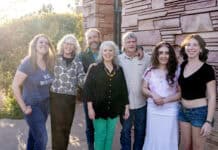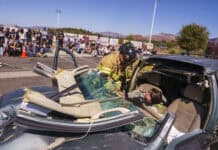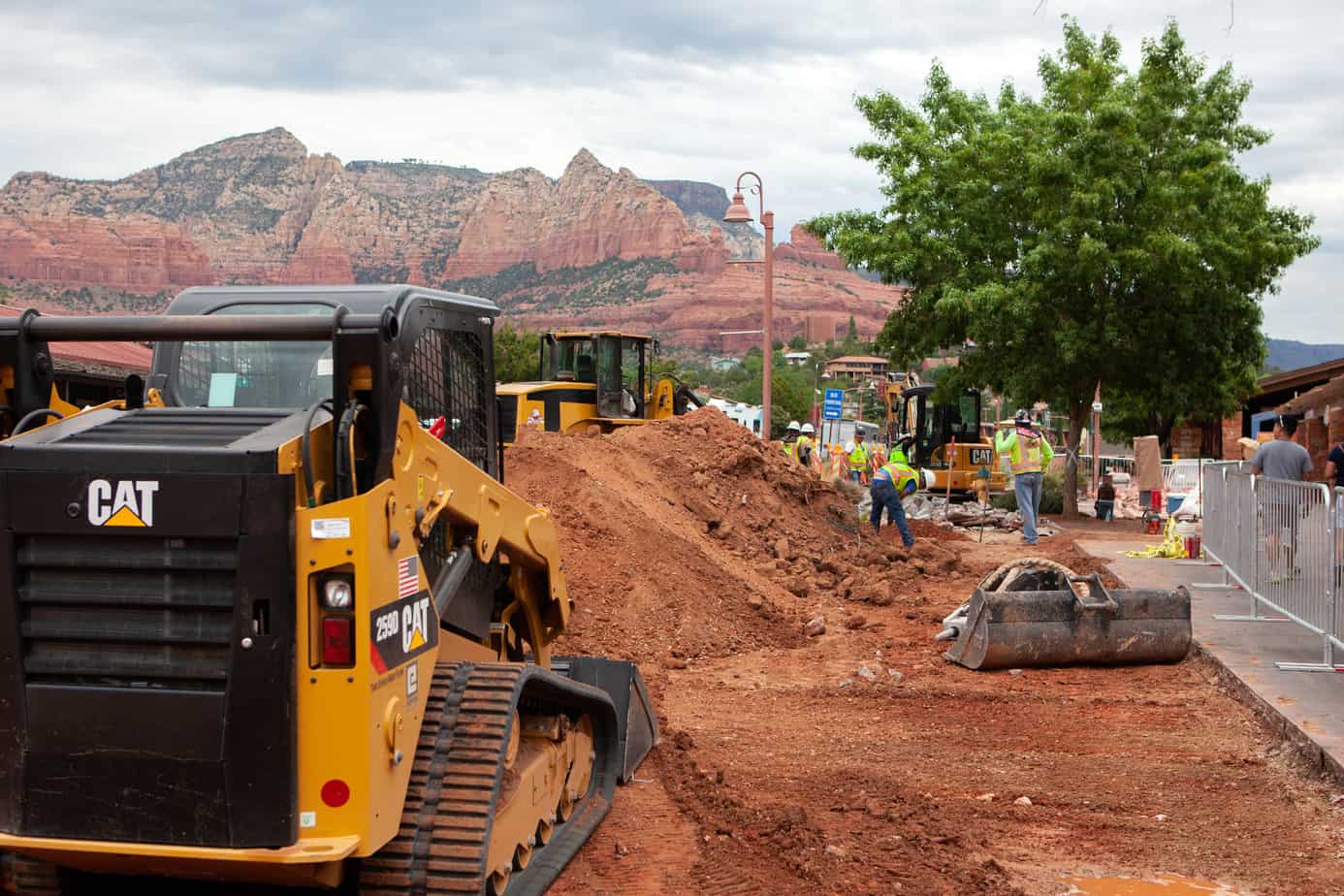The first step in alleviating pedestrian traffic near a popular tourist destination was taken thanks to a unanimous vote by the Sedona City Council.
A professional service contract was awarded to WSP USA Inc. on Tuesday, Sept. 24, for design of the State Route 179 pedestrian crossing at Tlaquepaque for $297,099.
The item was approved under the consent items on the agenda and there was no discussion by council. But after the meeting, City Engineer Andy Dickey explained the need for the crossing.
“Restricting pedestrian traffic at the crosswalk adjacent to Tlaquepaque will improve safety, and traffic flow efficiency,” he said. “These improvements are not alone in what’s identified to help reduce this congestion. This project will provide a significant part of Strategy 4 of the Sedona in Motion program, which includes projects that focus on improving congestion on State Route 179.”
There are several spots around Sedona where traffic gets snarled during the busier times of the year but the one at this location is one of the worst. The city is working to help reduce the problem though its ongoing Sedona In Motion transportation plan.
During a July 23 Sedona City Council meeting, council gave unanimous direction to staff regarding one of four options presented to council. The pick is an open-air, shared-use path under the existing bridge by the Schnebly Hill Road roundabout connecting the two sides of State Route 179.
The necessity of the crossing is that when pedestrians cross in front of Tlaquepaque, traffic comes to a halt in both directions. But the city has had staff helping with pedestrian flow during peak periods as they allow groups to cross at once instead of the intermittent individual or two.
A feasibility report identified four crossing alternatives.
- Alternative 1 consisting of an underground tunnel at an estimated cost of $3.5 million.
- Alternative 2 consisting of a pedestrian overpass at $2.5 million.
- Alternative 3 consisting of an underpass at Oak Creek totaling $1.9 million.
- Alternative 4 consisting of a high-intensity activated crosswalk traffic signal for $280,000.
Staff recommended Alternative 3 because “the overall impacts to adjacent project features would be less severe than with the other alternatives studied. The recommended alternative provides the functionality needed to meet the goals of SIM and improve multi-modal access for this regional facility.”
“Alternative 3 has the least amount of impacts on the existing corridor, it provides the added functionality of the shared-used path and has the least cost among the first three alternatives,” Engineering Supervisor Stephen Craver said in July. The installation of a tunnel or bridge-type crossing in this area of the corridor would separate pedestrians from the roadway and have benefits and objectives that include alleviating conflicts between pedestrians and motorists; improving safety; providing a more uniform flow of traffic; and improving traffic volume, the study said.
In discussions with the Arizona Department of Transportation, Craver said the current crosswalk could be used during non-peak times of the year when pedestrian and vehicular traffic is lessened. But during those busier times the crosswalk would be blocked off and pedestrians would be diverted to the pathway under the bridge. And to eliminate jaywalking there will be either barriers along the edge of the roadway or something along the median, similar to what’s being installed in Uptown to prevent people from crossing illegally.
Ron Eland can be reached at 282-7795 ext 122 or by email at reland@larsonnewspapers.com





















